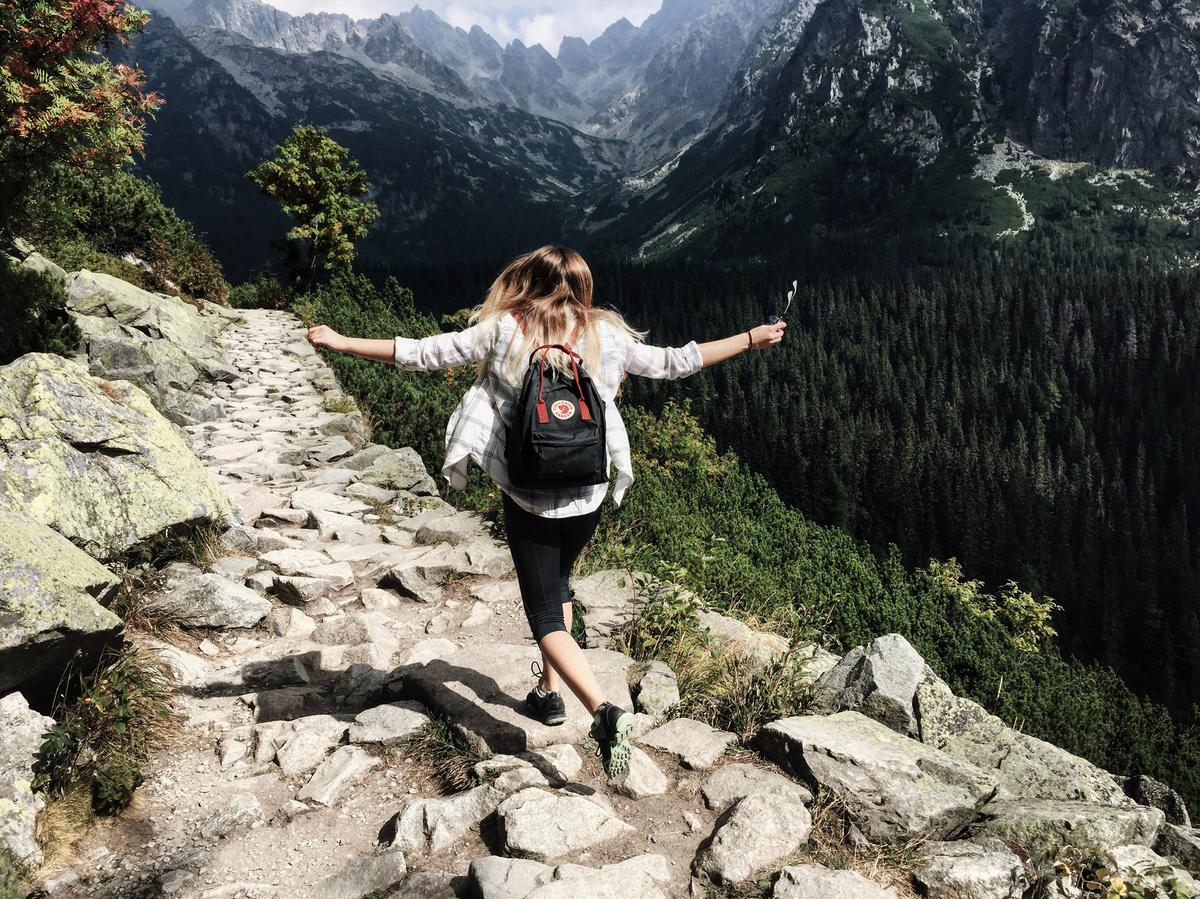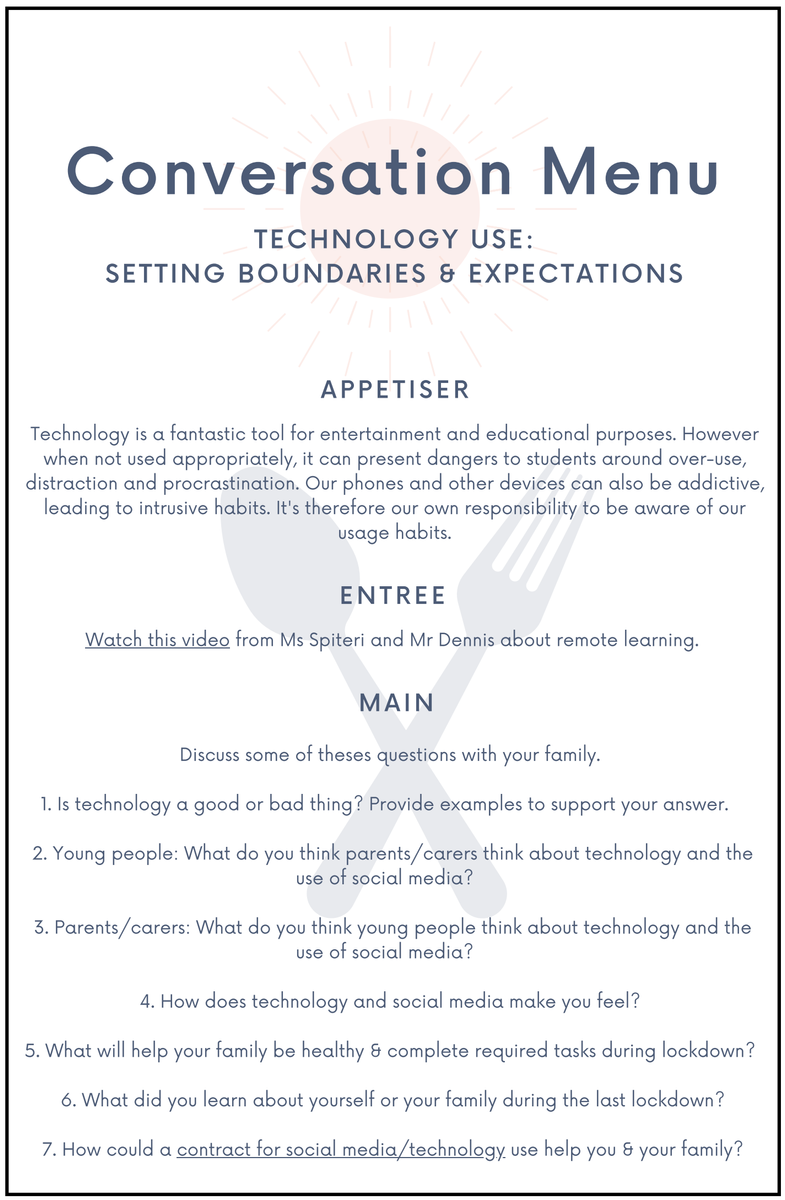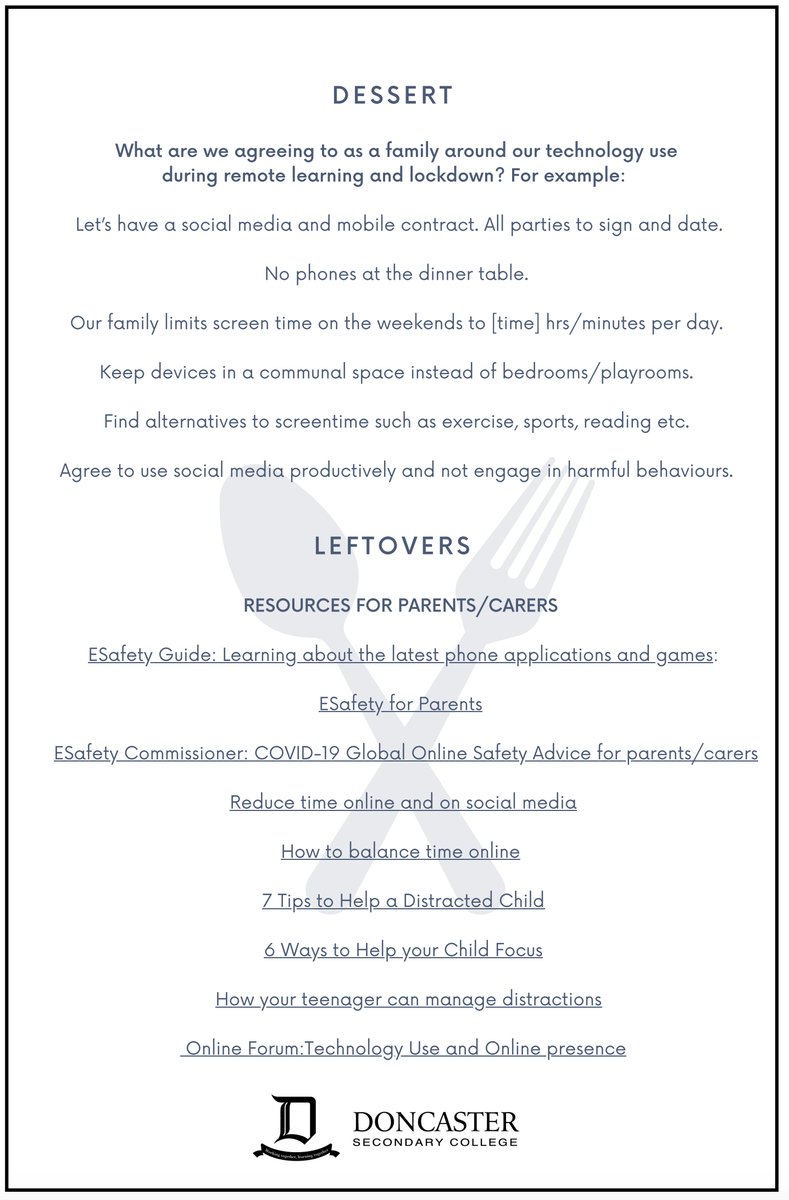Wellbeing

Positive YouTube views
During these challenging times we wanted to share some positive videos going around. They are well worth a look!
Hamish Blake writes a letter to his 14-year-old younger self:
Clever lesson in self worth
Ever wondered what birds with arms would look like? Here is the answer...
Feeling helpless? There are things you can do to create and maintain hope in a post-coronavirus world.
This article was originally published on The Conversation, 17 June 2020.
Today is a far cry from what we hoped for and expected from 2020.
After Australia’s disastrous summer of bushfires, the unprecedented upheaval of the COVID-19 pandemic has seen serious social and economic effects for us individually and collectively.
Many of us have felt grief. And with grief can emerge feelings of hopelessness and resignation.
We tend to lose hope when we can’t see a pathway to our goals. At a time like this, it’s important we rethink our goals to create and maintain hope. Read more here…
How gratitude can be used to improve mental and physical health
This article was originally published on Headspace, 28 August 2019.
Showing gratitude can help your wellbeing in a number of ways, such as:
- help build new relationships or boost current ones
- help you forgive yourself and others
- reduce anger and increase empathy
- help you sleep better, give you energy and boost self-esteem
- make you appreciate what you have.
It can also give you feelings of happiness and appreciation, which in turn has an effect on your wellbeing.
With so many benefits from gratitude, see a few simple ways to add it into your day-to-day life.
How to add gratitude into your daily life:
- Through acts of kindness. These can be small and may only take a moment, like texting a family member or friend to wish them a nice day. Whilst not a daily event, giving blood can also help you feel more grateful.
- By showing gratitude to others. Make an effort to say a genuine ‘thank you’ to others, such as checkout staff. This can inspire them to do the same for someone else.
- Create a gratitude board. A gratitude board is a physical space where you place visual representations of the things you're grateful for. These could be in the form of photos, words, and objects of the people, things and experiences you're grateful to have in your life. It can provide an excellent visual reminder of all the things you have to be grateful for.
- Use a daily journal. End your day by writing down a list of the things you’re grateful for. It can be as simple as two or three things that happened in your day and may include people, places or things. For example, you may write down that you’re grateful for a friend for sending a nice message, or a teacher who gave you helpful advice.
Being mindful and practicing mindfulness is one way to help be more grateful.
'Conversation Menu': Your new DSC family resource
DSC is proud to have launched a new weekly resource called “Conversation Menu” which has been produced by our Wellbeing Team.
These 'menus' offer conversation starters for parents and carers, to open the dialogue with their children regarding issues that could affect their learning during lockdown. Although our Year 11 and 12 students, and Year 10 VCE students are attending classes on-site, many of the conversation starters are still relevant.
Each week we will send out a new menu to guide families through a conversation. Please ensure you check your Compass Newsfeed for more details about the first 'menu' regarding technology use and setting boundaries.
We hope this adds value to your family time and the learning outcomes for your child.



